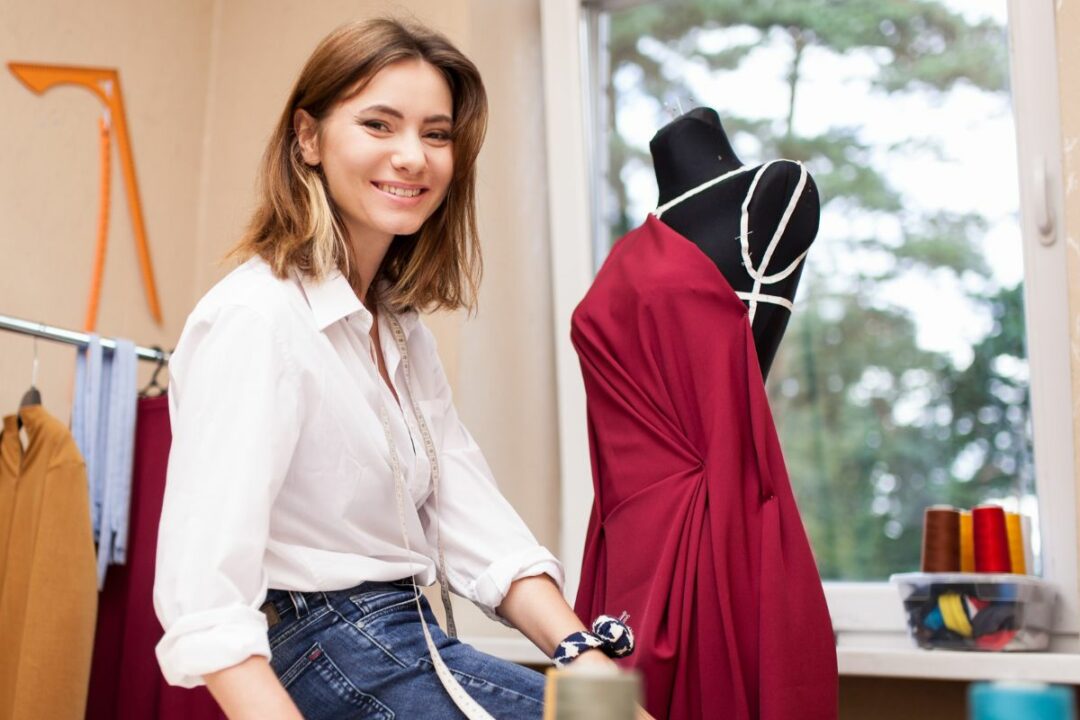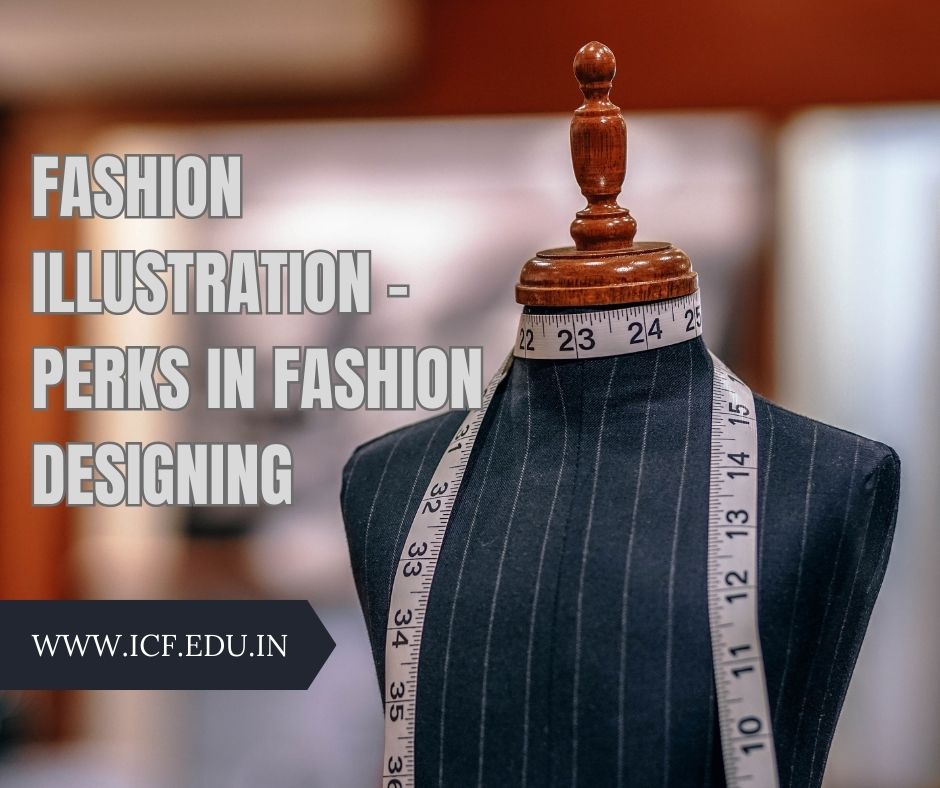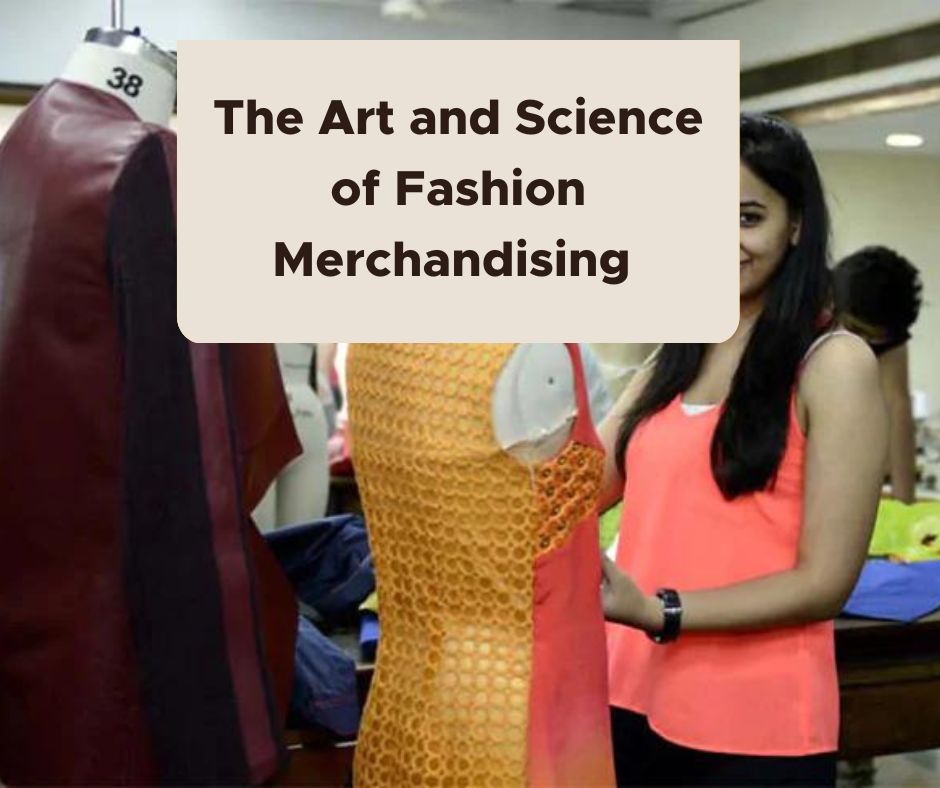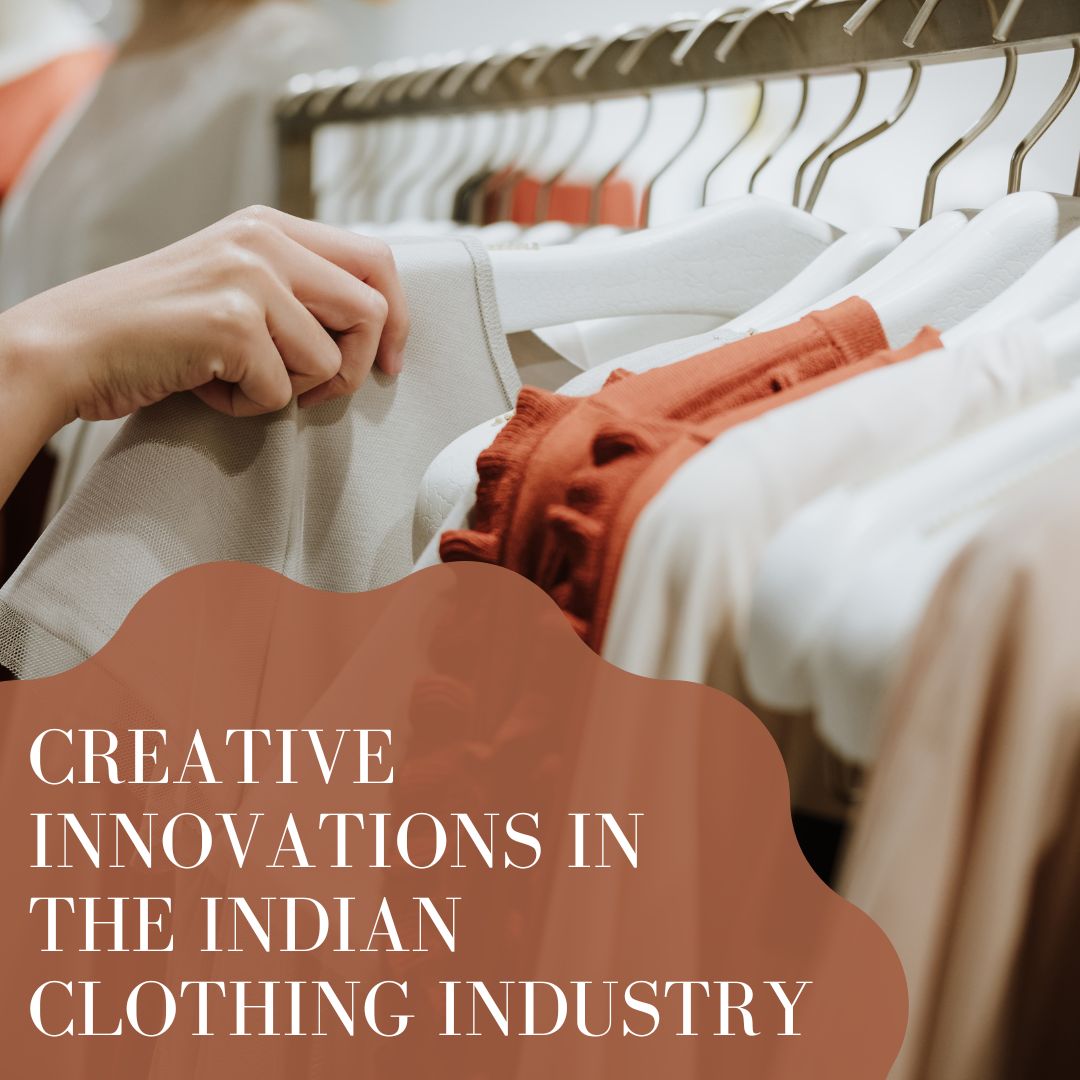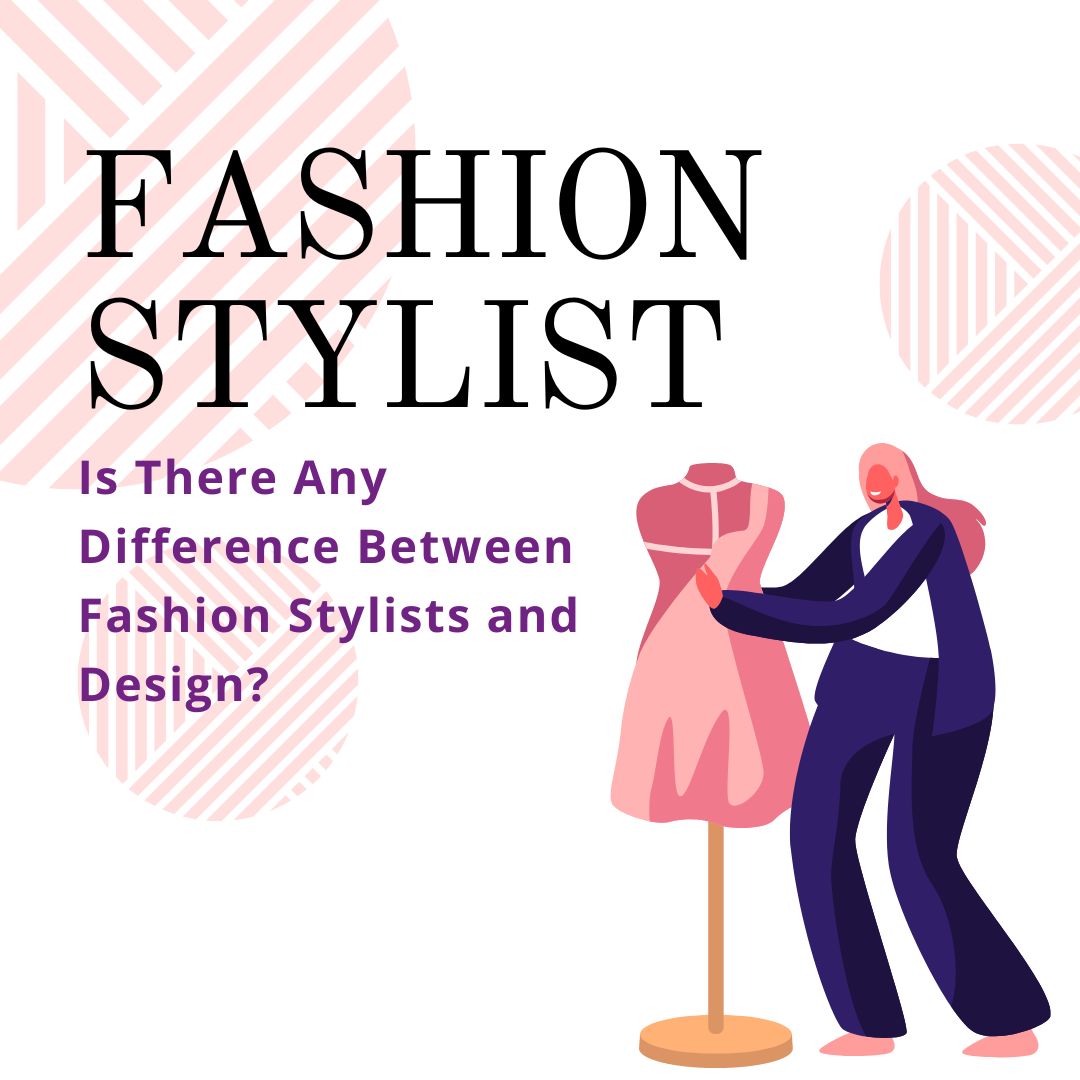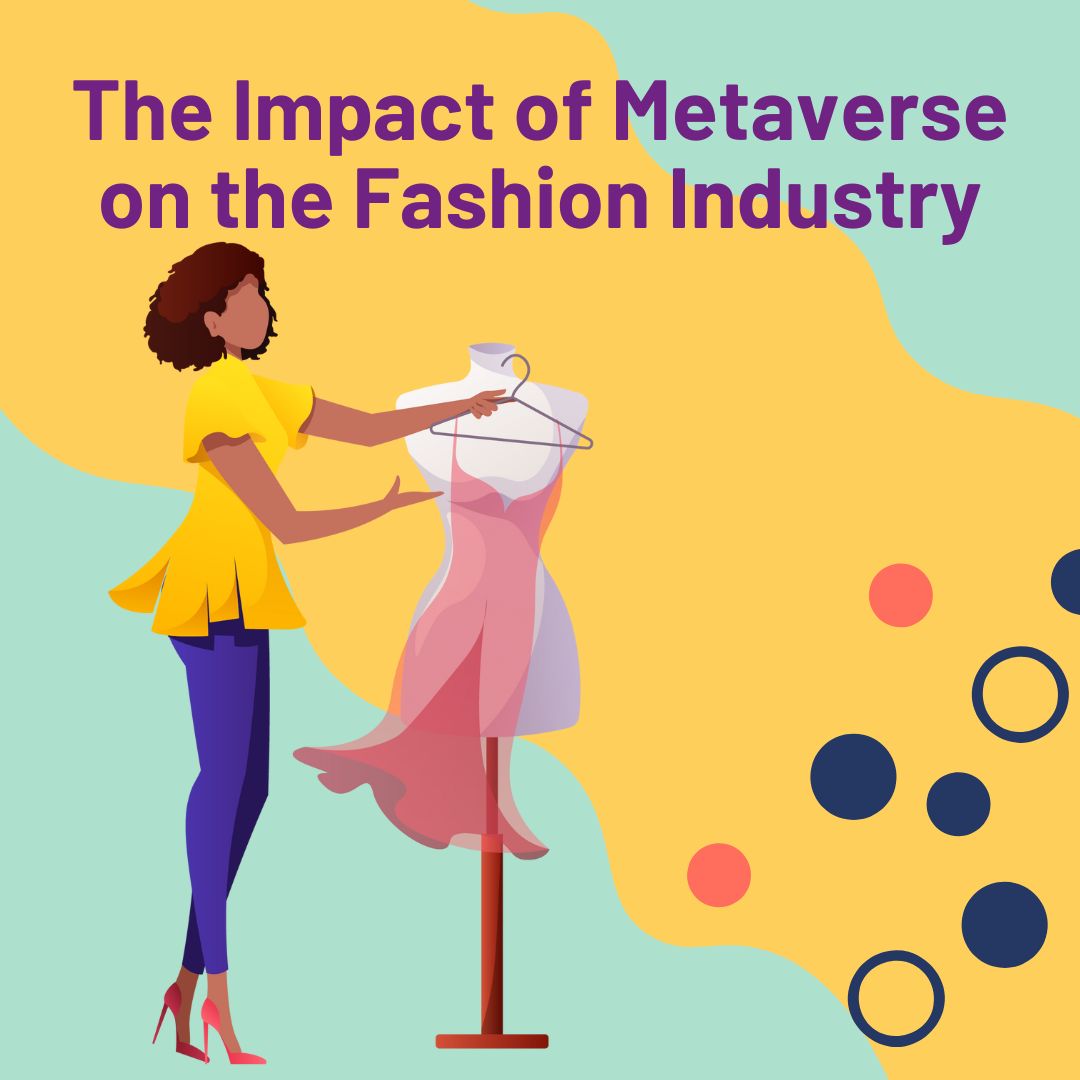In the vivid, ever-changing world of fashion, one thing remains constant: the industry’s undying need for creative, ambitious minds. If you’ve always been fascinated by the delicate balance of aesthetics and functionality that fashion embodies, launching a career in fashion design might be your calling.
Beginning Your Fashion Journey
The first step in your fashion design career is acquiring the proper education. A well-rounded program in fashion design, like the ones offered at the International College of Fashion (ICF), can provide you with the essential skills and knowledge required to make a mark in the industry.
ICF’s fashion courses cover advanced skills such as sketching, patternmaking, and sewing and delve into complex areas like fashion technology, product development, and trend forecasting. Moreover, the importance of sustainable and ethical fashion practices is strongly emphasized.
Building Your Fashion Portfolio
Establishing a solid fashion portfolio is one of the cornerstones for your success as a budding fashion designer. This vital showcase of your abilities will serve as your visual resume, highlighting your artistic sensibility, technical skills, and the breadth of your creative vision.
Starting with the Basics
Your portfolio should begin with your basic skills. Include samples of your sketching abilities and pattern designs. These foundational elements demonstrate your grasp of fashion’s fundamental aspects, letting potential employers or clients understand your ability to translate your vision into a tangible plan.
Showcasing Your Creativity
A large part of your portfolio should focus on presenting your creative designs. Whether they result from class projects, your exploration, or pieces you’ve created during internships, these designs reflect your unique aesthetic. Remember to include various styles to demonstrate your versatility and ability to design for multiple occasions, age groups, and trends.
Explaining Your Process
While the final product is essential, understanding your creative process can give people an insight into how you work as a designer. Including mood boards, concept sketches, fabric swatches, and notes about your inspiration can provide context to your designs. This holistic view can reveal your ability to think conceptually, problem-solve, and innovate.
Highlighting Special Skills
If you have any specialized skills such as draping, embroidery, printmaking, or knowledge of sustainable materials, ensure these are displayed in your portfolio. These unique strengths can set you apart from others and open specialized roles in the fashion industry.
Digitizing Your Portfolio
In today’s digital age, more than having a physical portfolio is needed. Creating a digital version of your portfolio allows you to share your work more broadly and access opportunities globally. It can be in the form of a personal website or a profile on professional networking sites.
Keeping It Updated
Your portfolio is a living document. As you continue to learn, experiment, and create new designs, update your portfolio to reflect your growth and evolution as a designer.
Mastering the Business of Fashion
While creativity is a fundamental aspect of fashion design, it’s equally important to understand the business side. Understanding fashion marketing, merchandising, branding, and sales can significantly enhance career prospects. Courses at ICF incorporate these elements, ensuring graduates are well-equipped to navigate the commercial realities of the fashion world.
Gaining Practical Experience
Internships provide invaluable industry exposure, giving you a firsthand understanding of the fashion industry’s workings. They offer a platform to apply theoretical knowledge into practice, understand industry expectations, and develop professional networks. Many fashion students at ICF have interned at top fashion houses and retailers, gaining practical experience and mentorship from industry veterans.
Keeping Abreast of Fashion Trends
Fashion is a dynamic industry. To stay relevant, it’s crucial to keep up with global trends, technological advancements, and shifts in consumer behavior. Regularly following fashion news, attending fashion shows, and staying updated on worldwide culture and arts can help you stay ahead.
Your Network, Your Net Worth
Building a solid network in the industry can be incredibly advantageous. Attending industry events, engage with your peers and mentors, and join professional associations to foster relationships that can open doors to exciting opportunities.
Launching Your Fashion Career with ICF
At ICF, we strive to ensure our students are industry ready. Our courses are designed to foster creativity while emphasizing technical proficiency and business acumen. With a rich blend of theoretical and practical exposure, our students are well-prepared to make their mark in fashion design.
Launching a successful career in fashion design requires a blend of creativity, technical skills, industry knowledge, and professional experience. If you’re ready to take on this exciting journey, ICF is here to guide you every step of the way. Let us help you turn your runway dreams into reality.



